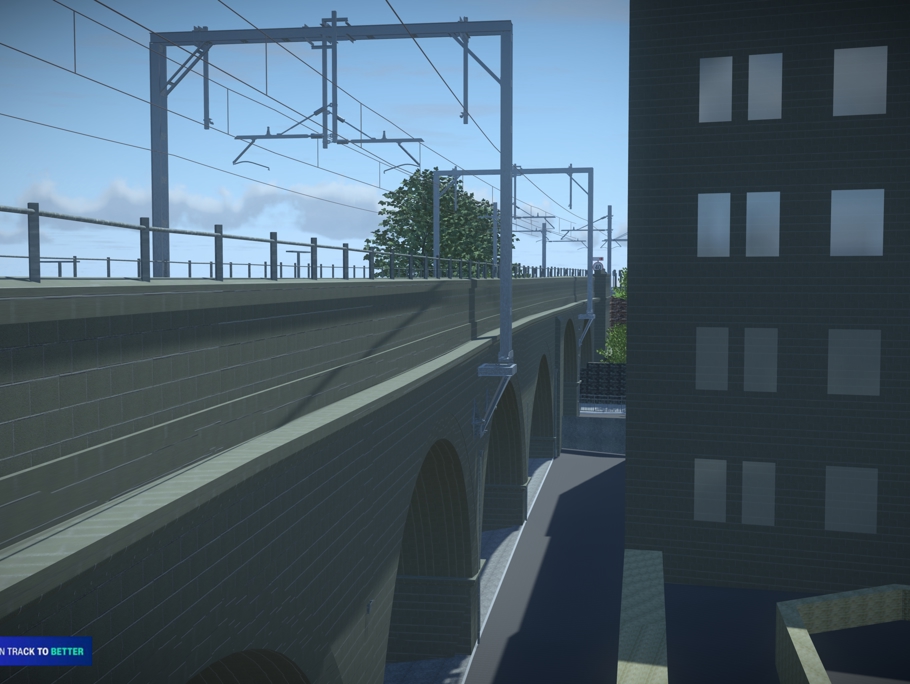Enhanced CAD Visualisation and Virtual Reality applied to Transpennine Route Upgrade
Key facts and figures
- Turns complex design 3D models into an environment that is easy to understand to non-engineering stakeholders such as local residents or councils.
- Helps highlighting access required to third party land at the time of construction. Assists clients managing consents.
- Shows the end game of the project in a virtual environment.
- Provides an option for social value initiatives such as presenting Virtual Reality in schools.
Introduction
Amey, as part of the TRU West Alliance, is working on delivering the high-profile Transpennine Route Upgrade (TRU) project which is a major programme of rail improvement that will have a real and lasting impact on people and communities in the North of England.
TRU is a multi-billion-pound programme that aims to increase local network capacity, improve reliability, and reduce journey times on the route between Manchester Victoria and York via Huddersfield and Leeds via substantial electrification, re-signalling, and track works. The route covers 76 miles of track, 8 tunnels, 15 viaducts, 25 stations and 270 bridges.
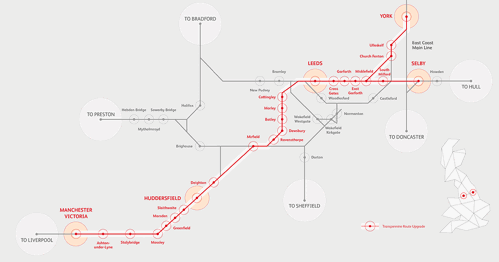 Amey was commissioned to undertake BIM Management on half of the TRU West footprint. Due to the nature of the programme, this posed a multidisciplinary challenge which involved close collaboration with the client (Network Rail) but also with the rest of the Alliance design partners (Arup, BAM, Siemens and COWI amongst others). With such a large number of stakeholders involved, communicating, and conveying the right idea behind the proposed de-sign is of the utmost importance.
Amey was commissioned to undertake BIM Management on half of the TRU West footprint. Due to the nature of the programme, this posed a multidisciplinary challenge which involved close collaboration with the client (Network Rail) but also with the rest of the Alliance design partners (Arup, BAM, Siemens and COWI amongst others). With such a large number of stakeholders involved, communicating, and conveying the right idea behind the proposed de-sign is of the utmost importance.
To achieve the scope, TRU had to implement electrification in most of its footprint. This meant designing Overhead Line Electrification (OLE) throughout the route including tunnels, bridges, and viaducts. Allowing for higher speed and capacity also meant the project had to introduce meaningful changes such as longer platforms and new footbridges to stations along the route and to close some level crossings. These are changes that not only transform the passenger experience but that have an impact in the local communities.
As a result of efficient information management in the project, Amey Consulting were able to animate the design federated model into a realistic environment. Animation works allowed different outputs.
The approach on Dewsbury Viaduct
Dewsbury viaduct is a listed structure located in Dewsbury town centre that leads onto its train station. The project had a challenge to fix OLE masts to the structure whilst minimising disruption to an adjacent block of apartments and keeping road traffic operative.
This approach helped the project gain stronger understanding of the impact of construction works for local landlords and how the design will impact their day to day lives. The client’s integration and consents team used this technology to instigate the conversation with Kirklees Council and to discuss options for construction with the relevant stakeholders.
Enhanced CAD visualisation on this site helped our client instigate two critical conversations. On the one hand, there were conversations on how to drill the OLE mast brackets into the structure (space required for the drill taking into consideration proximity of 3rd party roof). On the other hand, it also prompted a discussion about window cleaning in the adjacent block of flats. Cleaning is currently undertaken from road level using a telescopic broom pole, however with new OLE assets being proposed in proximity to the block of apartments, this approach had to be revised.
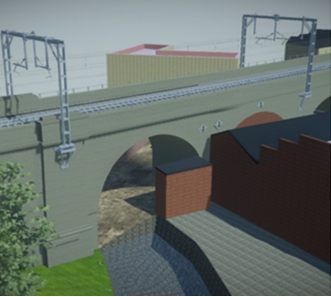
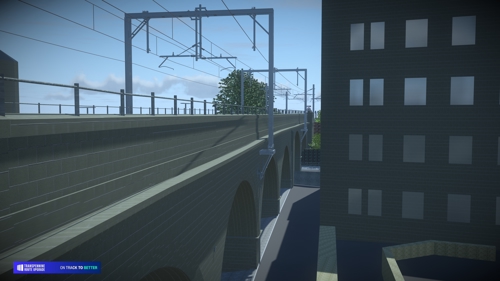
The approach on Morley Station
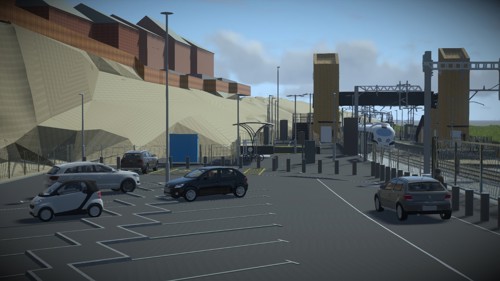
The same principle and technology can be applied to larger and more complex areas. As part of the TRU works undertaken in Morley Station, the old station got scrapped and re-built about 200 metres down the railway line with extended platforms, a new footbridge, waiting shelters, and other commodities.
Amey provided a Virtual Reality passenger experience environment that illustrates the impact of the new station design on the houses at the top of the embankment, the arrangement of the new parking including bus access and egress, and the material laydown areas for construction and access to railway through a new Road Rail Access Point.
The Virtual Reality environment was made available in an Oculus VR Headset which allowed free navigation. This made possible to emulate views from the footbridge onto the residents’ gardens and vice versa to ease any concerns to privacy.
The Virtual Reality environment was then exported into a YouTube 360 video format that can be played in a Windows video application so that it could be utilised by the Sponsor and other non-technical stakeholders to view and communicate.
Further to this experience on Dewsbury Viaduct and Morley Station, Amey has utilised this methodology in level crossing decommission schemes such as Lady Anne (Batley), also part of Transpennine Route Upgrade.
